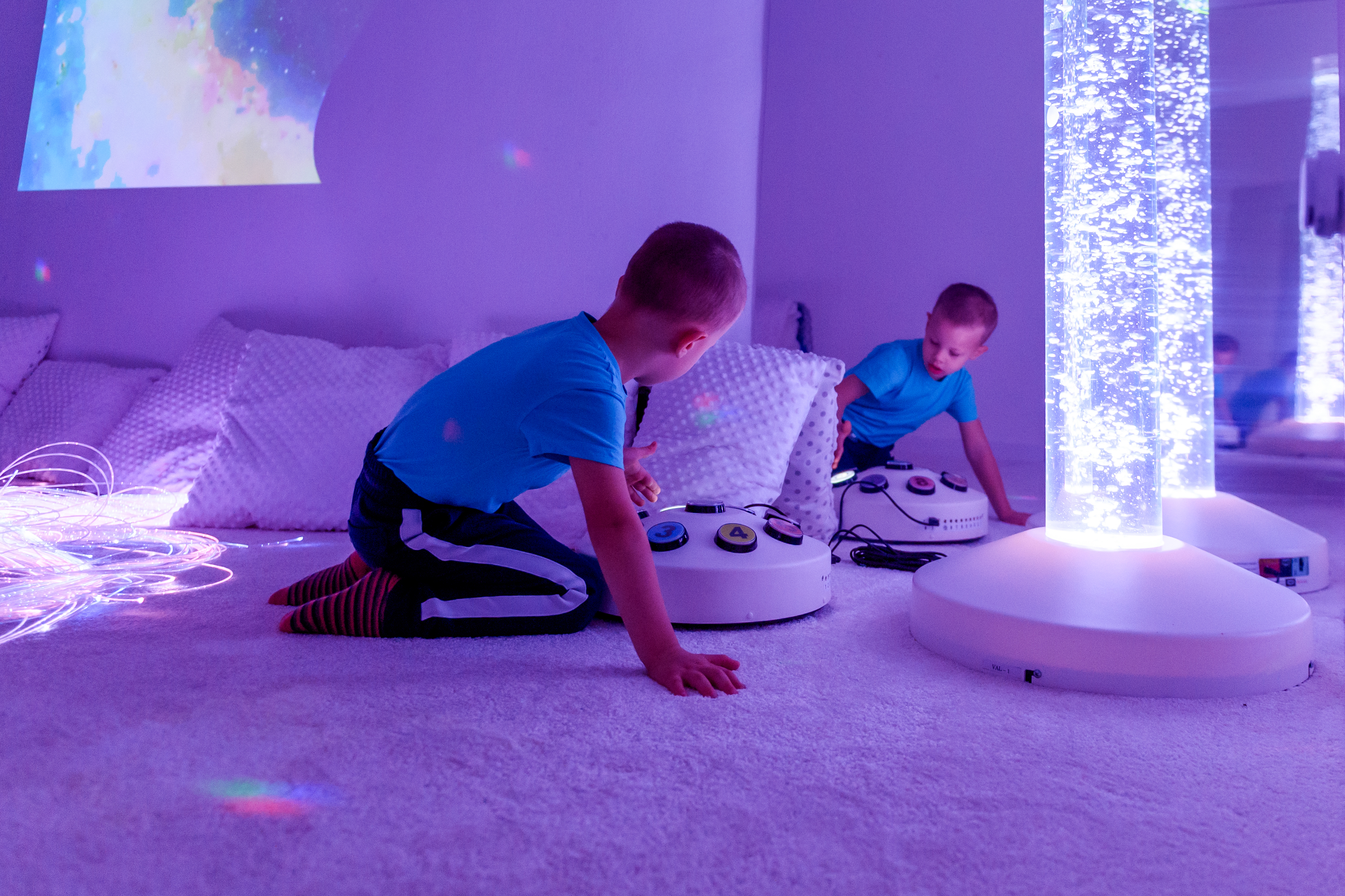Sensory Processing Disorder in Children and Where to Turn for Help
January 18, 2022

Have you noticed your child doesn’t like the way their socks feel, or refuses to put their toes in the sand? Or maybe they shy away from certain food textures? These may be indicators of sensory processing disorder, and an occupational therapist can help.
What is sensory processing disorder?
Sensory processing refers to the way the nervous system receives and responds to information from our senses. A child with sensory processing challenges may have trouble with the difference between hot or cold, movement, lights and sound, or transitions when they are tired or hungry.
A diagnosis of Sensory Processing Disorder or SPD means sensory information reaches the brain, but does a poor job of integrating sensations, impacting what we see, what we hear, what we taste, what we move and how we move. This interferes with daily life routines, learning and play. Some children are overly sensitive to these sensations and some crave more and more.
Sensory Integration Therapy

How Sensory Processing Disorder May Present in Children
Common signs of SPD in children, may include (but are not limited to):
- Uncomfortable with certain textures and clothing
- Overreacts or ignores sounds or loud noises
- Dislikes messy play or shrugs off hugs and kisses
- Food textures make them gag
- Poor balance or seem clumsy
- Afraid to play on swings
- Difficulty with fine motor skills
- Difficulty with change or transitions
Sensory integration therapy is child directed and therapist guided.
At Joe DiMaggio Children's Hospital Rehabilitation Centers, we utilize a vast array of techniques and equipment to help children with this condition, including a variety of swings, scooter boards, climbing equipment and multi-sensory rooms all to resemble play and help the child feel comfortable with new experiences.
For instance, the Acrobat Swing provides movement input with pressure to the entire body and as the child maneuvers through the different layers of the swing, he/she is building body awareness and motor planning skills. The multi-sensory white room, with bubble tubes, fiber optic sprays, projectors and interactive panels, provides calming or alerting visuals and touch feedback through the bubbles, color changes and vibration.
The goal of using sensory integration treatment is to expose children to multi-sensory experiences in specifically designed structured and repetitive play, so that over time the brain will adapt and help children process and respond to sensations more efficiently.
If you have any questions, or would like to see one of our therapists for an evaluation for your child, please visit our rehabilitation services.

